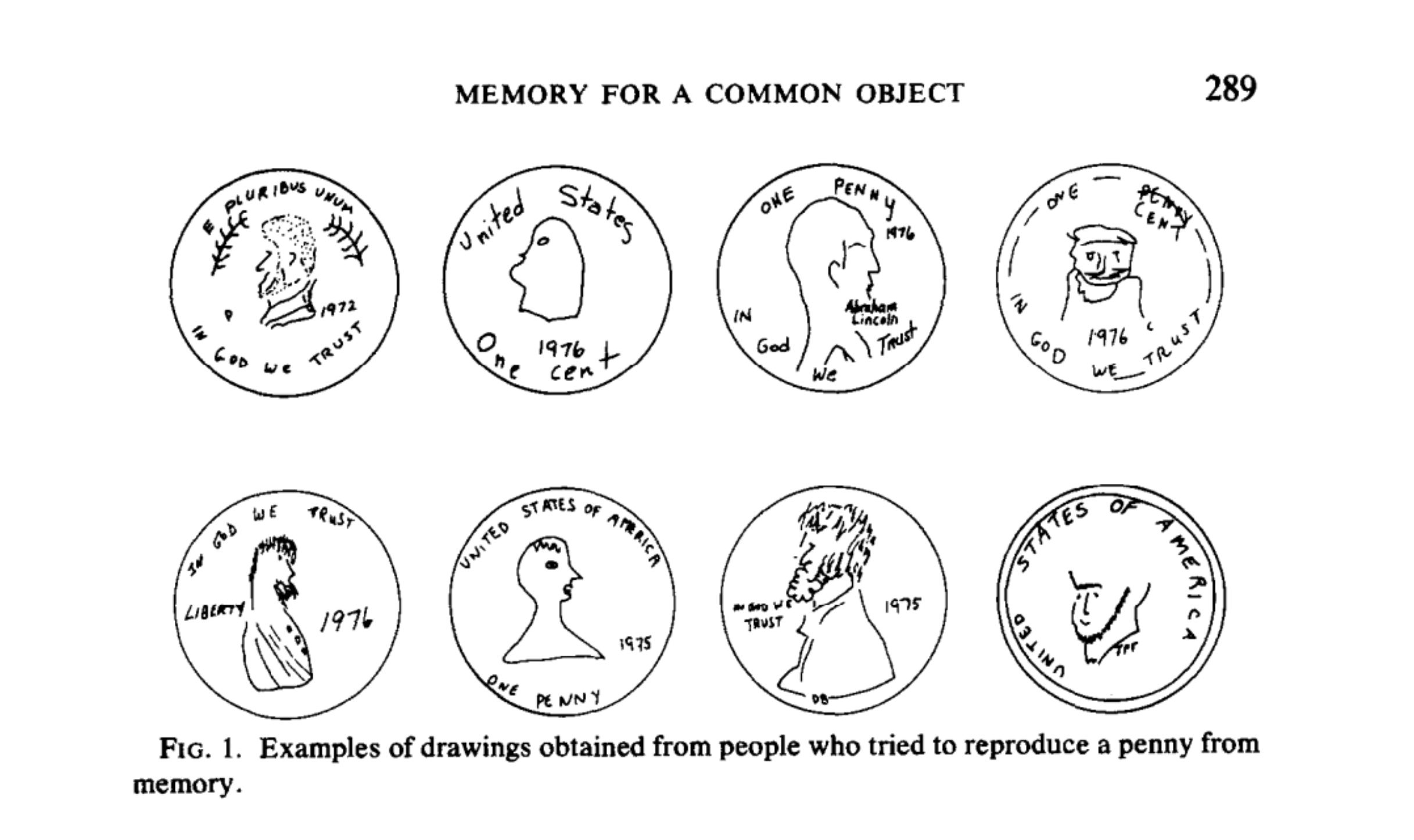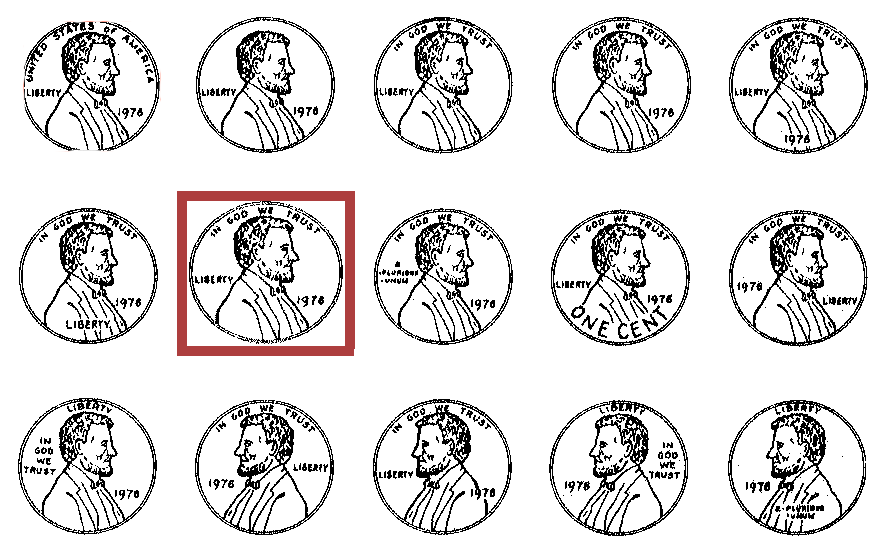Do you have a trouble to find 'nickerson adams 1979 long term memory for a common object essay'? You will find questions and answers on the subject here.
Table of contents
- Nickerson adams 1979 long term memory for a common object essay in 2021
- Short-term memory
- Storage psychology definition
- Nickerson adams 1979 long term memory for a common object essay 04
- Nickerson adams 1979 long term memory for a common object essay 05
- Nickerson adams 1979 long term memory for a common object essay 06
- Nickerson adams 1979 long term memory for a common object essay 07
- Nickerson adams 1979 long term memory for a common object essay 08
Nickerson adams 1979 long term memory for a common object essay in 2021
 This picture demonstrates nickerson adams 1979 long term memory for a common object essay.
This picture demonstrates nickerson adams 1979 long term memory for a common object essay.
Short-term memory
 This picture shows Short-term memory.
This picture shows Short-term memory.
Storage psychology definition
 This image demonstrates Storage psychology definition.
This image demonstrates Storage psychology definition.
Nickerson adams 1979 long term memory for a common object essay 04
 This image demonstrates Nickerson adams 1979 long term memory for a common object essay 04.
This image demonstrates Nickerson adams 1979 long term memory for a common object essay 04.
Nickerson adams 1979 long term memory for a common object essay 05
 This image representes Nickerson adams 1979 long term memory for a common object essay 05.
This image representes Nickerson adams 1979 long term memory for a common object essay 05.
Nickerson adams 1979 long term memory for a common object essay 06
 This picture demonstrates Nickerson adams 1979 long term memory for a common object essay 06.
This picture demonstrates Nickerson adams 1979 long term memory for a common object essay 06.
Nickerson adams 1979 long term memory for a common object essay 07
 This picture representes Nickerson adams 1979 long term memory for a common object essay 07.
This picture representes Nickerson adams 1979 long term memory for a common object essay 07.
Nickerson adams 1979 long term memory for a common object essay 08
 This image illustrates Nickerson adams 1979 long term memory for a common object essay 08.
This image illustrates Nickerson adams 1979 long term memory for a common object essay 08.
What was the result of the Nickerson and Adams experiment?
The results of the experiment show that people have a difficult time recalling the image of a penny. It shows that people have an inaccurate and incomplete image of the penny in their memories. No matter the different methods used to produce a more detailed image of the penny, the subjects still had an incomplete image.
When does new information interfere with old memories?
Retroactive interference happens when newly acquired information interferes with old memories. For example, a teacher learning the names of her new class of students at the start of a school year might find it more difficult to recall the names of the students in her class last year. The new information interferes with the old information.
How many times does an event occur in memory?
Every time an event occurs, a separate, independent memory trace is formed. This trace contains information about the time and situation in which that occurrence happened. The more times an event occurs, the more traces of that event are placed in memory.
Why do we have so many false memories?
Many false memories are byproducts of processes that normally support veridical memory. It is efficient for the perceptual and memory systems to take shortcuts and focus on meaning extraction, since that will suffice in many cases.
Last Update: Oct 2021